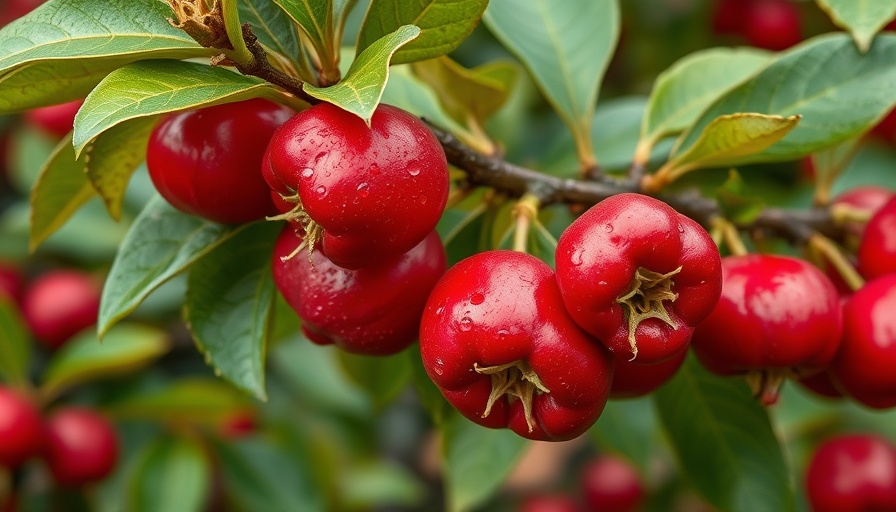
The Beauty and Benefits of Crabapple Trees
Crabapple trees are more than just ornamental offerings in gardens; they represent a combination of beauty, ecology, and functionality. With their vibrant spring blooms, colorful fall foliage, and wildlife-attracting fruits, they are an ideal choice for both homeowners and property managers looking to enhance their landscapes. These trees, scientifically known as Malus, come in various forms and sizes, making them adaptable to different gardening conditions.
Why Choose a Crabapple Tree for Your Garden?
These hardy trees can mature to heights between 5 to 40 feet, making them suitable for a variety of garden sizes. Whether you have a sprawling estate or a compact urban lot, crabapple trees can be a stunning addition. They thrive in hardy zones 4 to 8 and can adapt to various soil types, as long as it remains fertile. Their flowering times in spring display a palette of white, pink, and red blossoms that not only attract pollinators but also serve as an essential source of food for various wildlife.
The Perfect Crabapple Varieties for Any Space
When selecting the right crabapple for your landscape, consider the diverse varieties that cater to different needs. Popular choices like ‘John Downie’ make for excellent lawn specimens with three-season interest, while smaller options such as the dwarf ‘Scarlet Sentinel’ and ‘Red Jade’ fit perfectly in patios or compact spaces. Each variety varies in its fruit production, aesthetic appeal, and growth patterns, allowing you to choose one that perfectly complements your garden’s design.
Caring for Your Crabapple Tree: Expert Tips
To ensure the growth and health of your crabapple tree, it is essential to consider factors such as location, planting time, and care. The best time to plant these trees is during the fall, winter, or early spring when they are dormant. Providing enough space for air circulation is critical to prevent some species from becoming susceptible to diseases like scab or mildew. Fortunately, many newer varieties are bred for disease resistance, making them easier to maintain.
Crabapple Trees and Their Ecological Impact
Beyond their aesthetic benefits, crabapple trees play a vital role in supporting local ecosystems. Their flowers attract pollinators such as bees and butterflies, while their fruits provide sustenance for birds and other wildlife during colder months. As part of sustainable landscaping practices, incorporating crabapple trees can significantly enhance the biodiversity of any outdoor space.
Conclusion: Transform Your Landscape with Crabapple Trees
In summary, crabapple trees are an excellent choice for homeowners, property managers, and landscaping professionals alike. They not only add value and beauty to your property but also support local wildlife and contribute to your overall garden’s health. Now is the perfect time to explore which crabapple variety suits your needs and start planning for a vibrant future.
 Add Row
Add Row 
 Add
Add 


Write A Comment